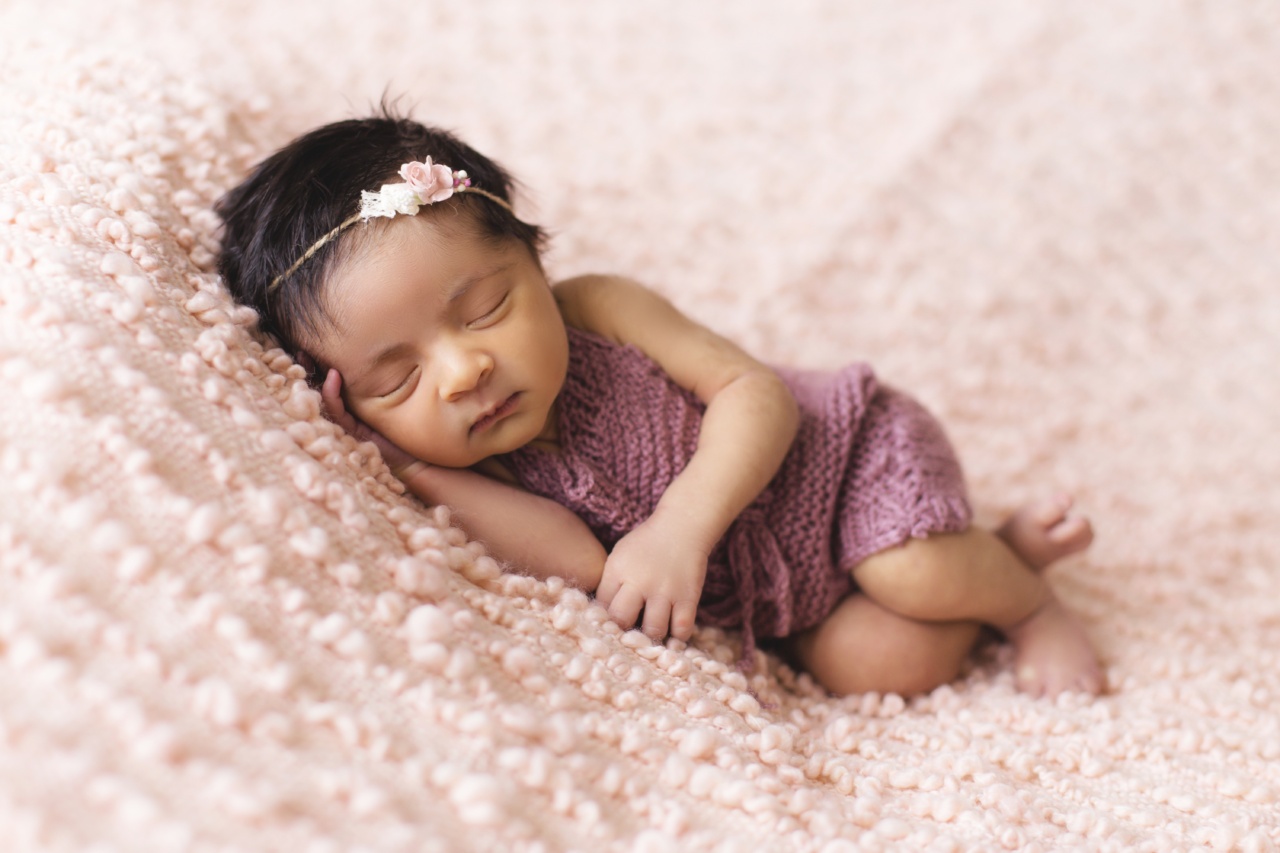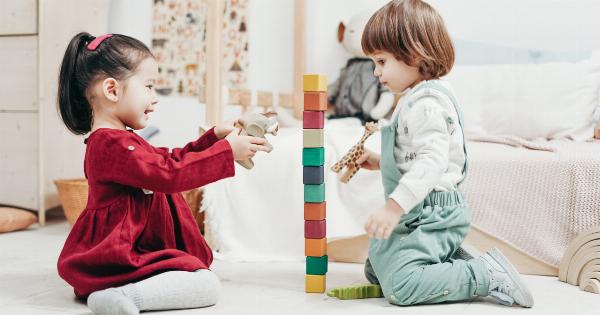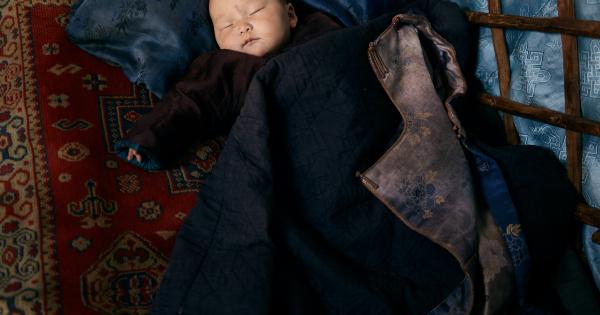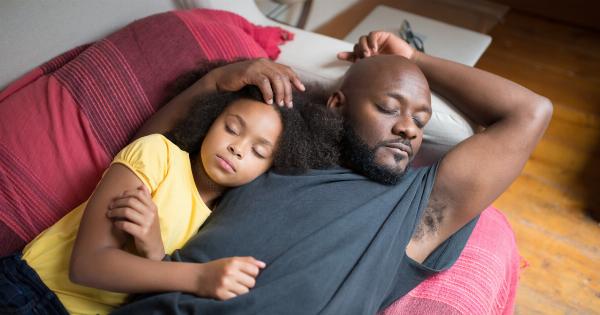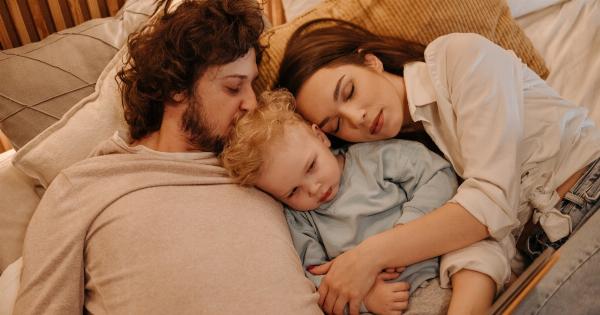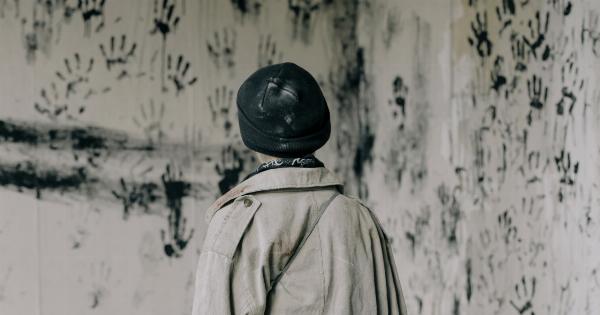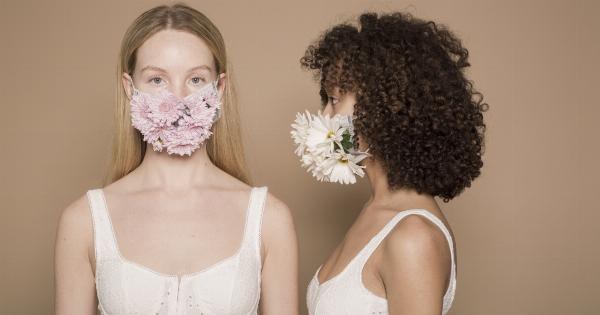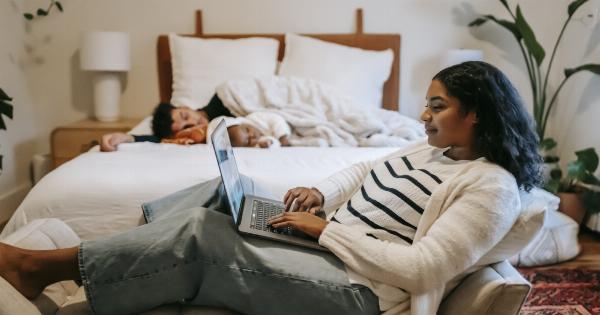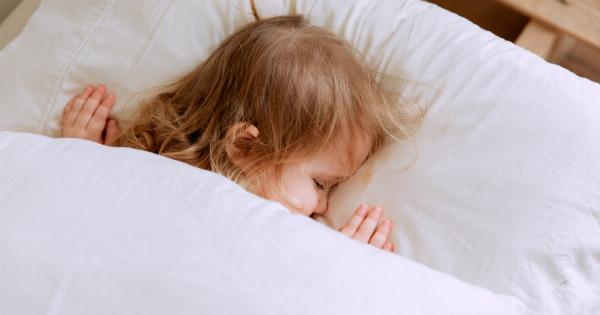Ensuring a safe and peaceful sleep environment for your baby is of utmost importance. As a parent, you want to make sure that your little one is comfortable and secure during their sleep time.
One crucial aspect of creating a safe sleep environment is choosing the right sleeping position for your baby. In this article, we will explore various sleeping positions and provide expert advice on the safest position for your baby’s sleep.
Understanding safe sleep guidelines
Before diving into the safest sleeping positions for your baby, it’s essential to understand the recommended safe sleep guidelines endorsed by experts.
These guidelines are designed to reduce the risk of Sudden Infant Death Syndrome (SIDS) and other sleep-related accidents. Some key points to remember include:.
Back to sleep
The American Academy of Pediatrics (AAP) recommends that babies should always be placed on their backs to sleep. This position significantly reduces the risk of SIDS.
When a baby sleeps on their back, their airway remains open, allowing for easy breathing and eliminating the risk of suffocation.
Avoid stomach sleeping
Stomach sleeping should be avoided, especially for infants. Placing a baby on their stomach increases the risk of suffocation as their face may press against the bedding or mattress, obstructing their airway.
Side sleeping
While side sleeping may seem like a comfortable position for babies, it is not considered as safe as back sleeping. When placed on their side, babies can easily roll onto their stomachs, increasing the risk of suffocation or accidental asphyxiation.
Choosing the right sleeping position
Now that we understand the safe sleep guidelines, let’s explore the recommended sleeping positions for your baby:.
1. Back sleeping
The back sleeping position is the safest and highly encouraged by pediatricians. When placing your baby to sleep, lay them on their back with their head resting on a flat, firm mattress.
Ensure there are no loose blankets, pillows, or stuffed animals in the crib that could pose a suffocation risk.
2. Firm mattress
It is essential to choose a firm mattress for your baby’s crib. A soft or sagging mattress is not suitable as it can hinder their breathing and increase the risk of suffocation.
Make sure the mattress fits snugly in the crib without any gaps at the edges.
3. Use a fitted sheet
Always use a fitted sheet specifically designed for the crib mattress. The sheet should fit tightly around the mattress to prevent it from coming loose during sleep and potentially covering your baby’s face.
4. Avoid loose bedding
Loose bedding, such as blankets and pillows, should be kept out of the crib. Instead, dress your baby in a sleep sack or a wearable blanket to keep them warm without the risk of suffocation.
5. Room sharing
Experts recommend room sharing with your baby for at least the first six months. It is safest to place the crib or bassinet near your bed, making nighttime feedings and monitoring easier while ensuring your baby’s safety.
6. Avoid co-sleeping
While many parents prefer co-sleeping with their babies, it is not recommended due to the increased risk of SIDS and accidental suffocation.
Sharing the same sleeping surface with your baby can lead to instances where their airway is obstructed by pillows, blankets, or even an adult’s body.
7. Use a pacifier
Offering a pacifier during sleep is known to decrease the risk of SIDS. If your baby is breastfeeding, it is recommended to wait until breastfeeding is well established before introducing a pacifier.
8. Supervised tummy time
Although tummy sleeping is not safe during sleep, supervised tummy time is crucial for your baby’s development. Tummy time should be done when your baby is awake and alert to promote muscle strength, head control, and overall motor development.
9. Safe sleep positioners
It’s important to note that the use of sleep positioners, such as wedges or bolsters, is not recommended. Despite claims of preventing SIDS or reflux, these devices pose a suffocation hazard and should not be used.
10. Regular check-ins
While the recommended back sleeping position is considered the safest, accidents can still happen. Regularly check on your baby during sleep to ensure they haven’t rolled onto their stomach or encountered any potential suffocation hazards.
By following these safe sleep guidelines and choosing the recommended sleeping position, you can provide your baby with a secure and peaceful sleep environment.
Remember to create a crib setup that is free from potential suffocation hazards and always prioritize your baby’s safety above all else.
